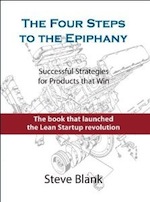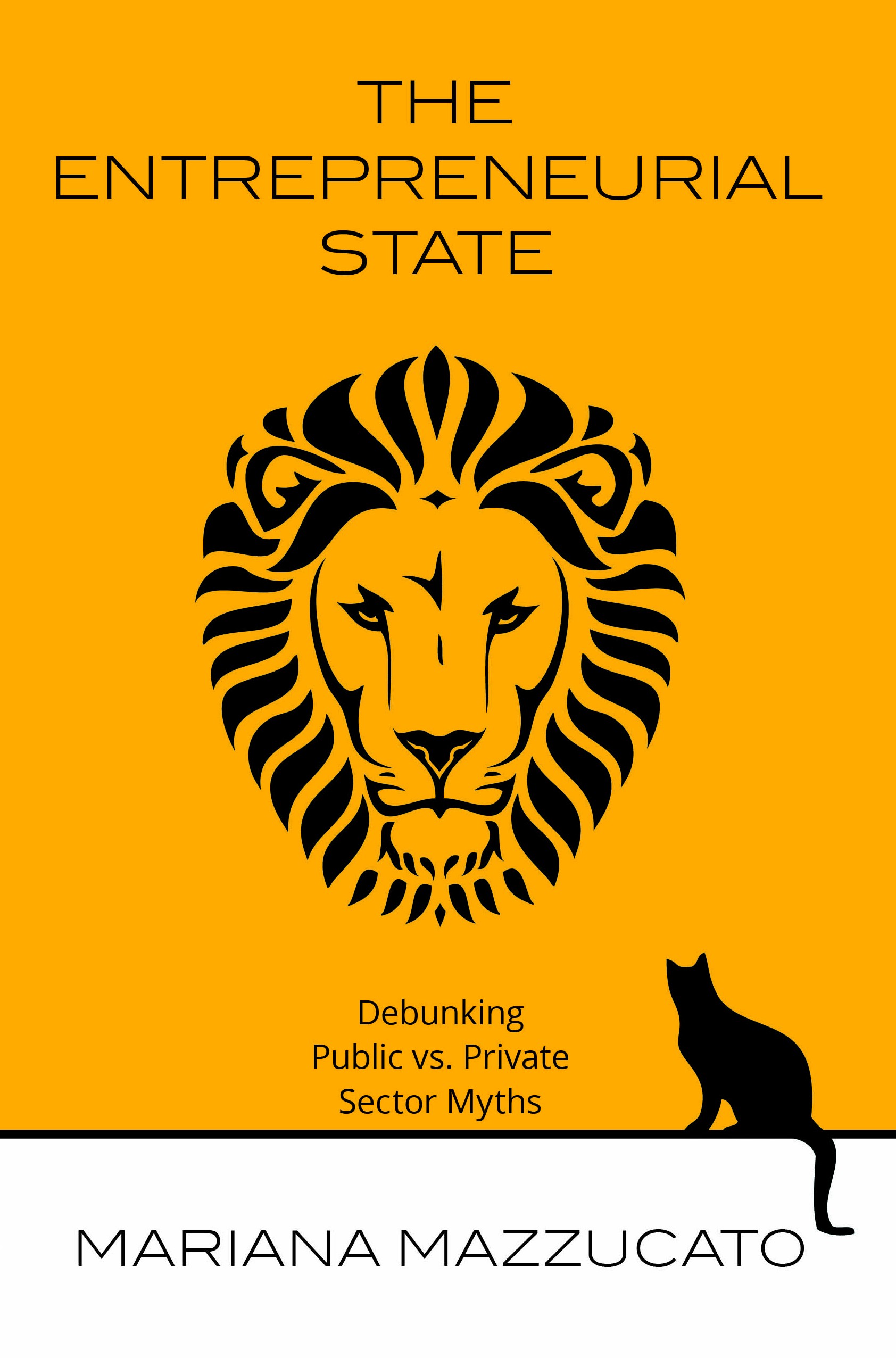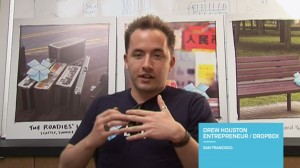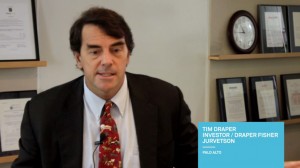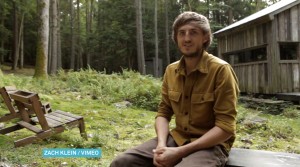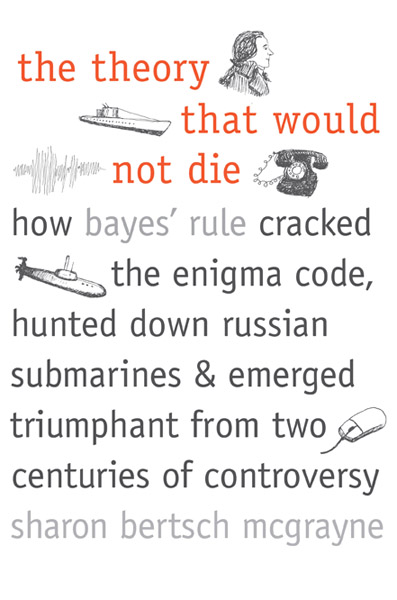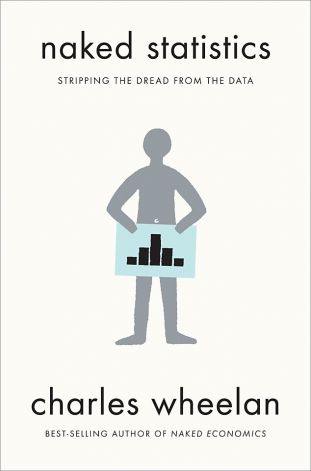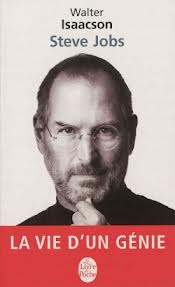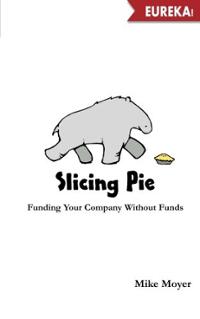What have these 4 things in common? I am not sure. But in the last 12 hours, I had to put this 4 things together. My professional life is about technology, but I am not a technophile. I do not have a smart phone. But I like people and I strangely rediscovered it through high-tech entrepreneurship. There are many, many more important things. I will give you two examples with Bruce Springsteen and Jonathan Franzen, two known supporters of Barack Obama, whom I have mentioned a couple of times here. These are just two (therefore three) examples of why it is possible to like America… follow me, you don’t have to agree.
(Let me just add 5 minutes after publishing this article that we are on July 4!)

Yesterday, I was in Geneva for one of the best concerts of my life. The Boss and his sixteen musicians gave a nearly 3 hour-long show with a generosity I had never seen on stage. I did not know about his “sign requests”. His fans showed him signs with song titles and he picked a few, which he would later sing. Not the kind of music machines I am often used to experience. A kid went on stage and sang alone for a while. This was unique too. He is 63-year old and has the energy of a youngster, the generosity of a wise man. No naiveness. “We have a job to make here tonight.” What a job! I found a site which gave a short account including the songs he chose yesterday (including the signed ones – see in the end). Springsteen belongs to the group of people which show why we can love America.
I also like Jonathan Franzen. I may have read all his writings, The Corrections remains my favorite one. I am currently reading his latest essays. He also shows suffering, misery, hardship in America. A different kind of suffering, but in the end, it is probably the same. Americas is great when it shows its weaknesses. But neither Sprinsteen nor Franzen are depressing, because they are generous, they are passionate. I don’t see any cynism. Hopefully, I am not naive. In one of his latest essays, a commencement address at Kenyon College, he links technology and love… The title is PAIN WON’T KILL YOU and in the NYT he made another version entitled Liking Is for Cowards. Go for What Hurts.

Here is the NYT full version. I think it is worth reading it. But you can use the two previous web links too. I will try to provide my French version later…
*************************
Liking Is for Cowards. Go for What Hurts.
By JONATHAN FRANZEN
Published: May 28, 2011
A COUPLE of weeks ago, I replaced my three-year-old BlackBerry Pearl with a much more powerful BlackBerry Bold. Needless to say, I was impressed with how far the technology had advanced in three years. Even when I didn’t have anybody to call or text or e-mail, I wanted to keep fondling my new Bold and experiencing the marvelous clarity of its screen, the silky action of its track pad, the shocking speed of its responses, the beguiling elegance of its graphics.
I was, in short, infatuated with my new device. I’d been similarly infatuated with my old device, of course; but over the years the bloom had faded from our relationship. I’d developed trust issues with my Pearl, accountability issues, compatibility issues and even, toward the end, some doubts about my Pearl’s very sanity, until I’d finally had to admit to myself that I’d outgrown the relationship.
Do I need to point out that — absent some wild, anthropomorphizing projection in which my old BlackBerry felt sad about the waning of my love for it — our relationship was entirely one-sided? Let me point it out anyway.
Let me further point out how ubiquitously the word “sexy” is used to describe late-model gadgets; and how the extremely cool things that we can do now with these gadgets — like impelling them to action with voice commands, or doing that spreading-the-fingers iPhone thing that makes images get bigger — would have looked, to people a hundred years ago, like a magician’s incantations, a magician’s hand gestures; and how, when we want to describe an erotic relationship that’s working perfectly, we speak, indeed, of magic.
Let me toss out the idea that, as our markets discover and respond to what consumers most want, our technology has become extremely adept at creating products that correspond to our fantasy ideal of an erotic relationship, in which the beloved object asks for nothing and gives everything, instantly, and makes us feel all powerful, and doesn’t throw terrible scenes when it’s replaced by an even sexier object and is consigned to a drawer.
To speak more generally, the ultimate goal of technology, the telos of techne, is to replace a natural world that’s indifferent to our wishes — a world of hurricanes and hardships and breakable hearts, a world of resistance — with a world so responsive to our wishes as to be, effectively, a mere extension of the self.
Let me suggest, finally, that the world of techno-consumerism is therefore troubled by real love, and that it has no choice but to trouble love in turn.
Its first line of defense is to commodify its enemy. You can all supply your own favorite, most nauseating examples of the commodification of love. Mine include the wedding industry, TV ads that feature cute young children or the giving of automobiles as Christmas presents, and the particularly grotesque equation of diamond jewelry with everlasting devotion. The message, in each case, is that if you love somebody you should buy stuff.
A related phenomenon is the transformation, courtesy of Facebook, of the verb “to like” from a state of mind to an action that you perform with your computer mouse, from a feeling to an assertion of consumer choice. And liking, in general, is commercial culture’s substitute for loving. The striking thing about all consumer products — and none more so than electronic devices and applications — is that they’re designed to be immensely likable. This is, in fact, the definition of a consumer product, in contrast to the product that is simply itself and whose makers aren’t fixated on your liking it. (I’m thinking here of jet engines, laboratory equipment, serious art and literature.)
But if you consider this in human terms, and you imagine a person defined by a desperation to be liked, what do you see? You see a person without integrity, without a center. In more pathological cases, you see a narcissist — a person who can’t tolerate the tarnishing of his or her self-image that not being liked represents, and who therefore either withdraws from human contact or goes to extreme, integrity-sacrificing lengths to be likable.
If you dedicate your existence to being likable, however, and if you adopt whatever cool persona is necessary to make it happen, it suggests that you’ve despaired of being loved for who you really are. And if you succeed in manipulating other people into liking you, it will be hard not to feel, at some level, contempt for those people, because they’ve fallen for your shtick. You may find yourself becoming depressed, or alcoholic, or, if you’re Donald Trump, running for president (and then quitting).
Consumer technology products would never do anything this unattractive, because they aren’t people. They are, however, great allies and enablers of narcissism. Alongside their built-in eagerness to be liked is a built-in eagerness to reflect well on us. Our lives look a lot more interesting when they’re filtered through the sexy Facebook interface. We star in our own movies, we photograph ourselves incessantly, we click the mouse and a machine confirms our sense of mastery.
And, since our technology is really just an extension of ourselves, we don’t have to have contempt for its manipulability in the way we might with actual people. It’s all one big endless loop. We like the mirror and the mirror likes us. To friend a person is merely to include the person in our private hall of flattering mirrors.
I may be overstating the case, a little bit. Very probably, you’re sick to death of hearing social media disrespected by cranky 51-year-olds. My aim here is mainly to set up a contrast between the narcissistic tendencies of technology and the problem of actual love. My friend Alice Sebold likes to talk about “getting down in the pit and loving somebody.” She has in mind the dirt that love inevitably splatters on the mirror of our self-regard.
The simple fact of the matter is that trying to be perfectly likable is incompatible with loving relationships. Sooner or later, for example, you’re going to find yourself in a hideous, screaming fight, and you’ll hear coming out of your mouth things that you yourself don’t like at all, things that shatter your self-image as a fair, kind, cool, attractive, in-control, funny, likable person. Something realer than likability has come out in you, and suddenly you’re having an actual life.
Suddenly there’s a real choice to be made, not a fake consumer choice between a BlackBerry and an iPhone, but a question: Do I love this person? And, for the other person, does this person love me?
There is no such thing as a person whose real self you like every particle of. This is why a world of liking is ultimately a lie. But there is such a thing as a person whose real self you love every particle of. And this is why love is such an existential threat to the techno-consumerist order: it exposes the lie.
This is not to say that love is only about fighting. Love is about bottomless empathy, born out of the heart’s revelation that another person is every bit as real as you are. And this is why love, as I understand it, is always specific. Trying to love all of humanity may be a worthy endeavor, but, in a funny way, it keeps the focus on the self, on the self’s own moral or spiritual well-being. Whereas, to love a specific person, and to identify with his or her struggles and joys as if they were your own, you have to surrender some of your self.
The big risk here, of course, is rejection. We can all handle being disliked now and then, because there’s such an infinitely big pool of potential likers. But to expose your whole self, not just the likable surface, and to have it rejected, can be catastrophically painful. The prospect of pain generally, the pain of loss, of breakup, of death, is what makes it so tempting to avoid love and stay safely in the world of liking.
And yet pain hurts but it doesn’t kill. When you consider the alternative — an anesthetized dream of self-sufficiency, abetted by technology — pain emerges as the natural product and natural indicator of being alive in a resistant world. To go through a life painlessly is to have not lived. Even just to say to yourself, “Oh, I’ll get to that love and pain stuff later, maybe in my 30s” is to consign yourself to 10 years of merely taking up space on the planet and burning up its resources. Of being (and I mean this in the most damning sense of the word) a consumer.
When I was in college, and for many years after, I liked the natural world. Didn’t love it, but definitely liked it. It can be very pretty, nature. And since I was looking for things to find wrong with the world, I naturally gravitated to environmentalism, because there were certainly plenty of things wrong with the environment. And the more I looked at what was wrong — an exploding world population, exploding levels of resource consumption, rising global temperatures, the trashing of the oceans, the logging of our last old-growth forests — the angrier I became.
Finally, in the mid-1990s, I made a conscious decision to stop worrying about the environment. There was nothing meaningful that I personally could do to save the planet, and I wanted to get on with devoting myself to the things I loved. I still tried to keep my carbon footprint small, but that was as far as I could go without falling back into rage and despair.
BUT then a funny thing happened to me. It’s a long story, but basically I fell in love with birds. I did this not without significant resistance, because it’s very uncool to be a birdwatcher, because anything that betrays real passion is by definition uncool. But little by little, in spite of myself, I developed this passion, and although one-half of a passion is obsession, the other half is love.
And so, yes, I kept a meticulous list of the birds I’d seen, and, yes, I went to inordinate lengths to see new species. But, no less important, whenever I looked at a bird, any bird, even a pigeon or a robin, I could feel my heart overflow with love. And love, as I’ve been trying to say today, is where our troubles begin.
Because now, not merely liking nature but loving a specific and vital part of it, I had no choice but to start worrying about the environment again. The news on that front was no better than when I’d decided to quit worrying about it — was considerably worse, in fact — but now those threatened forests and wetlands and oceans weren’t just pretty scenes for me to enjoy. They were the home of animals I loved.
And here’s where a curious paradox emerged. My anger and pain and despair about the planet were only increased by my concern for wild birds, and yet, as I began to get involved in bird conservation and learned more about the many threats that birds face, it became easier, not harder, to live with my anger and despair and pain.
How does this happen? I think, for one thing, that my love of birds became a portal to an important, less self-centered part of myself that I’d never even known existed. Instead of continuing to drift forward through my life as a global citizen, liking and disliking and withholding my commitment for some later date, I was forced to confront a self that I had to either straight-up accept or flat-out reject.
Which is what love will do to a person. Because the fundamental fact about all of us is that we’re alive for a while but will die before long. This fact is the real root cause of all our anger and pain and despair. And you can either run from this fact or, by way of love, you can embrace it.
When you stay in your room and rage or sneer or shrug your shoulders, as I did for many years, the world and its problems are impossibly daunting. But when you go out and put yourself in real relation to real people, or even just real animals, there’s a very real danger that you might love some of them.
And who knows what might happen to you then?
Jonathan Franzen is the author, most recently, of “Freedom.” This essay is adapted from a commencement speech he delivered on May 21 at Kenyon College.
*************************
More for myself! (A blog is also my personal journal) Bruce Springsteen in Switzerland: Dedicates ‘Land of Hope and Dreams’ to Nelson Mandela. Bruce Springsteen and the E Street Band were back in action again on Wednesday, playing a 26-song, two-hour-and-52-minute show at the Stade de Genève in Geneva, Switzerland. Highlights included “Frankie” which was played for the first time in 2013 and for only the fifth time this tour and the encores started with Bruce playing “The Promise” solo on the piano, “Youngstown” and “Murder Inc.” were also played. It was the first show this tour that “Wrecking Ball” was not played. In the 118 shows so far this tour, three songs still have perfect attendance: “Waitin’ on a Sunny Day,” “Born to Run” and “Dancing in the Dark.” Bruce dedicated “Land of Hope and Dreams,” the final song of the main set, to Nelson Mandela. Show began at 7:40 p.m. local time (six hours ahead of New Jersey)
Set list
1. Shackled and Drawn
2. Badlands
3. Death to My Hometown
4. Out in the Street (sign request)
5. Hungry Heart (sign request)
6. Candy’s Room (sign request)
7. She’s the One
8. Because the Night
9. Spirit in the Night
10. Frankie
11. The River
12. Youngstown
13. Murder Incorporated
14. Darlington County (sign request)
15. Working on the Highway
16. Bobby Jean
17. Waitin’ on a Sunny Day
18. The Rising
19. Land of Hope and Dreams (dedicated to Nelson Mandela)
Encore:
20. The Promise (solo piano)
21. Born in the U.S.A.
22. Born to Run
23. Dancing in the Dark
24. 10th Avenue Freeze-Out
25. American Land
26. Thunder Road (solo acoustic)



